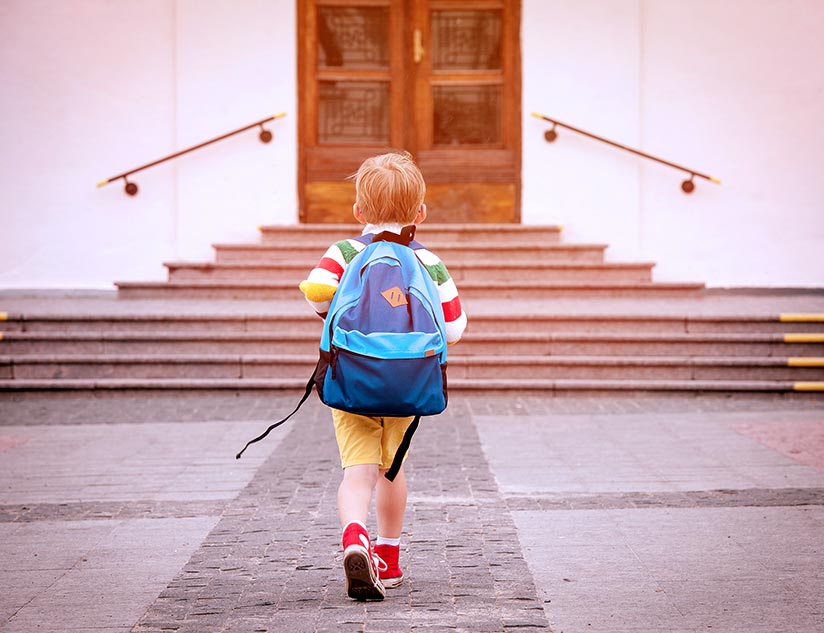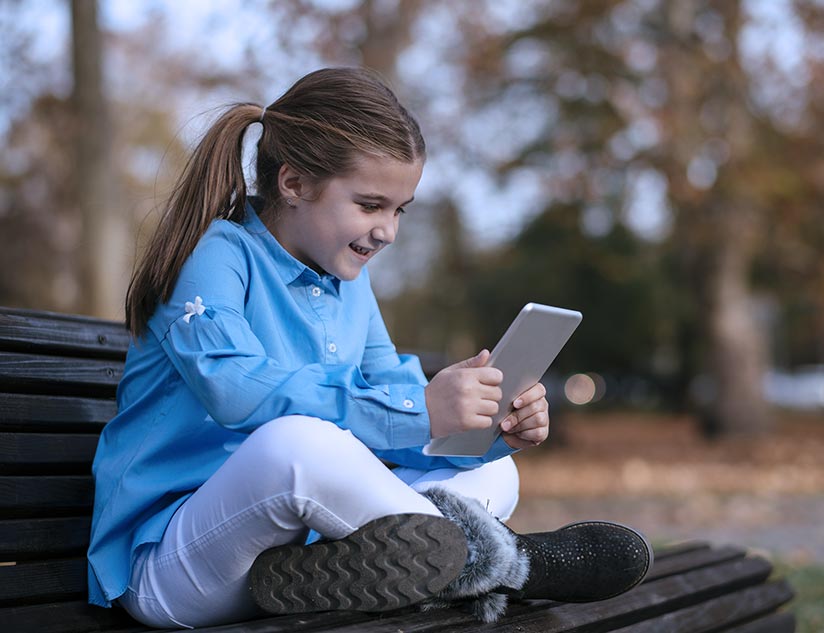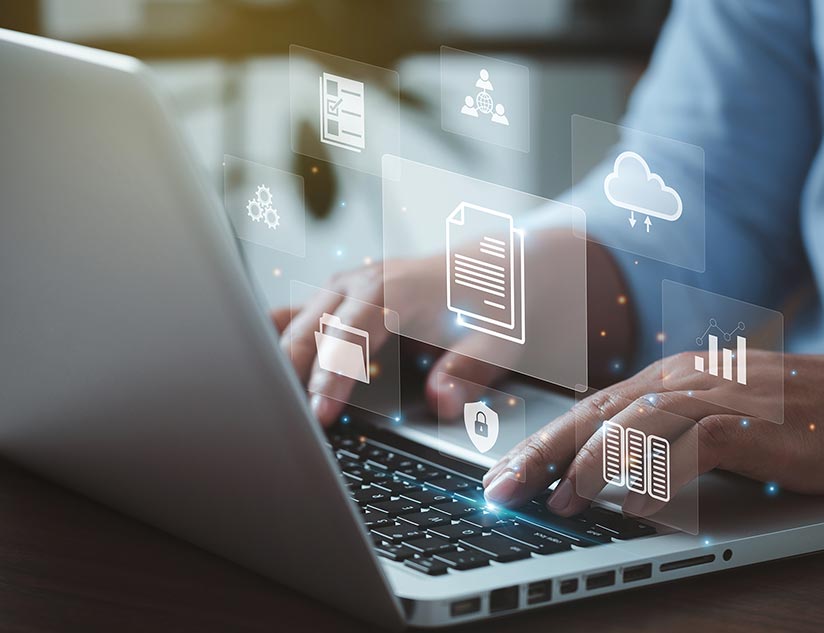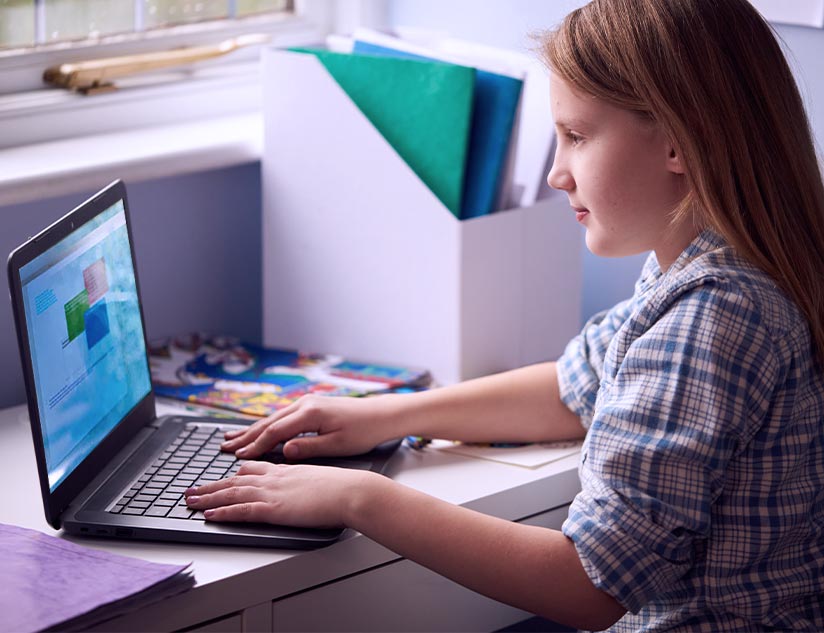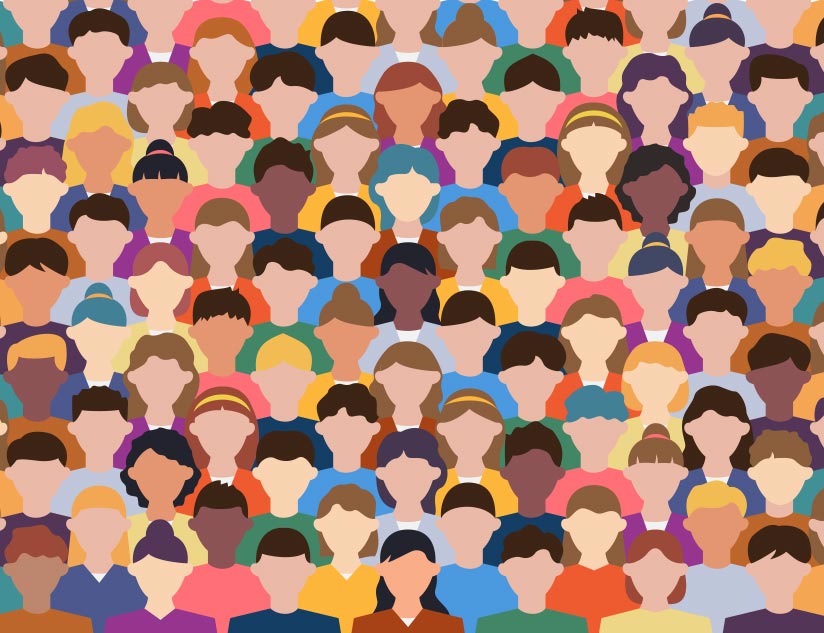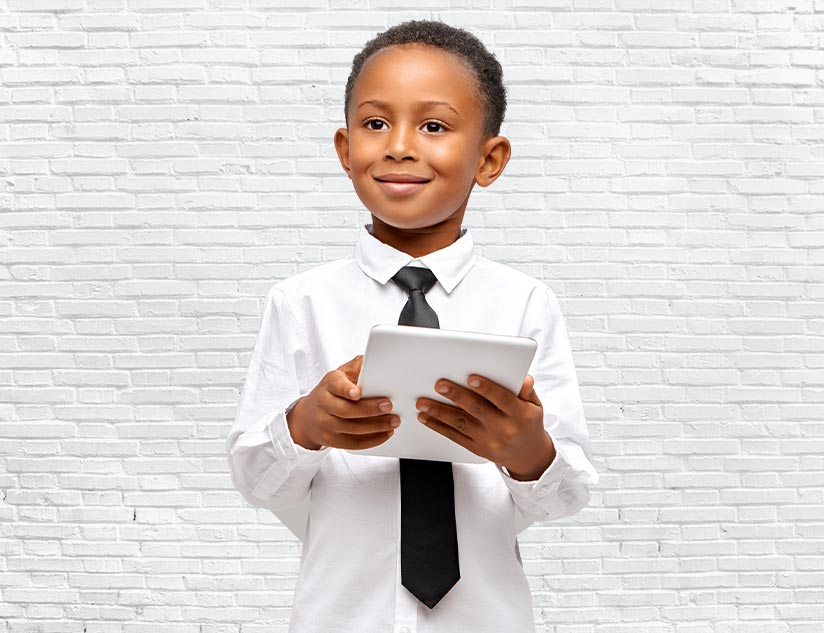For years, differently-abled children have struggled with their schoolwork and assignments, owing to how most schools lack the infrastructure or instructional methods to accommodate the differently-abled. However, the recent surge of technological advancement has created a wealth of opportunities for differently-abled students to start at an equal footing with their peers.
Add to this, the new legislation in the form of the National Education Technology Plan lays a great deal of emphasis on equality for students, and ensures that teachers as well as students have access to technology to help aid learning. This scheme sets a realistic plan on how education should look like, how technology can aid it, and how education leaders, entrepreneurs, teachers and policymakers can help with this task.
Various computer programs and countless software have made it possible for the differently-abled students to access study material, attend classes, and communicate their ideas & thoughts like never before. An example of advanced technology that has helped children learn in a much better manner is new assistive computer technologies – AT, for short – which enable a student, who was previously hindered by his/her disability, to interact and learn effectively, through a computer-based interface. In essence, yesterday’s differently-abled students are now today’s enabled students! Through accessible content, the learning process is easier to understand, and more importantly, it is open to everyone. Here are a few ways AT and accessible content make learning easier for the differently-abled students:
Self-confidence
Learning and physical disabilities can often hinder the confidence of a child. The differently-abled students struggle on a regular basis with the same tasks that their peers complete with ease, which leads to a feeling of inadequacy. However, a wide range of AT allows these students to ensure that they don’t fall behind. For instance, with the new text-to-speech software available for visually impaired students, they can now have a passage read out to them for their better understanding and to enable them to respond to a task.
Better results
A popular misconception about the differently-abled students is that they aren’t as smart as other children. However, many differently-abled students have exceptionally high IQ levels, but are unable to harness their potential. With new developments surfacing in learning technologies, there is now a way for the differently-abled children to achieve their true potential and explore their abilities.
Independence
Many differently-abled students require assistance in the form of a person assigned to them to help them out with their tasks. For example, a child who is suffering from dyslexia, is often assigned with a note taker, on whom there is an unhealthy amount of reliance. However, with the learning software and assistive technology, these students no longer need to rely on others since they can be fully self-sufficient.
Curriculum is available to everyone
Another way in which accessible content helps differently-abled students is that it makes available a range of curriculum that was previously inaccessible to differently-abled students to everyone. AT offers educators a chance to convert material for a range of disabilities, making it easier for differently-abled students to access and understand it. For example, text-to-speech tools now make it possible for visually impaired students to learn at the same pace as their peers.







